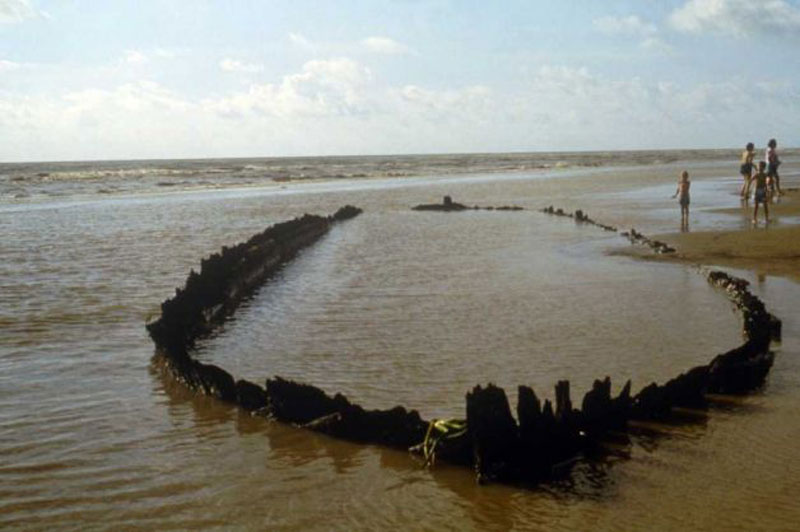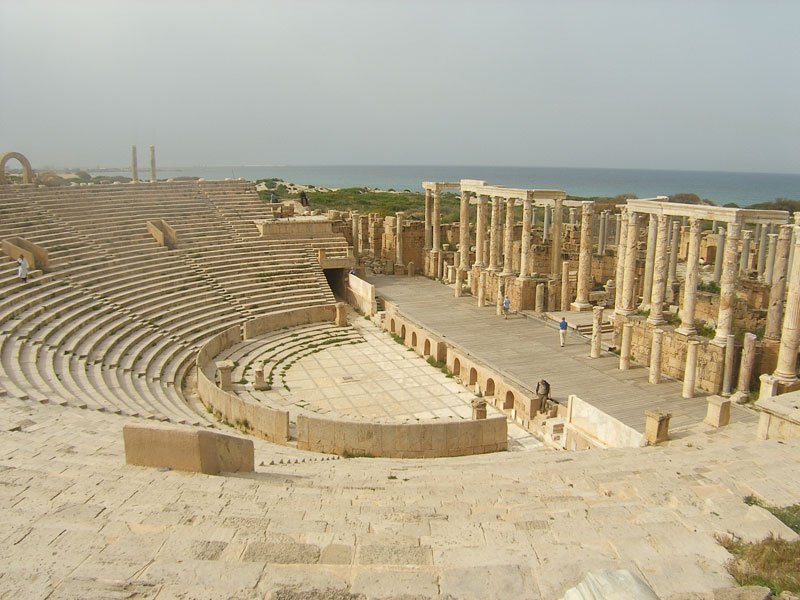
While plans are underway for a massive influx of funds from the European Union that will take a significant step in preserving the site in the future, the Roman city of Pompeii remains gravely imperiled. With its thousands of buildings covering about 160 acres, the 2,000-year-old city is literally falling down. Over the past year alone, part of one large property, the so-called "House of the Gladiators," as well as several ancient walls, have crumbled, the most recent being the October 2011 collapse of a small part of the city's exterior wall. The collapses are largely due to heavy rains, which can destroy ancient mortar and for which no adequate drainage exists, and a lack of funding for both preservation and security. A persistent concern is the low priority placed on saving a site that attracts more than 3 million visitors a year. According to Jennette Papadopoulos, the site's archaeological superintendent, Pompeii is in a "constant state of emergency."










